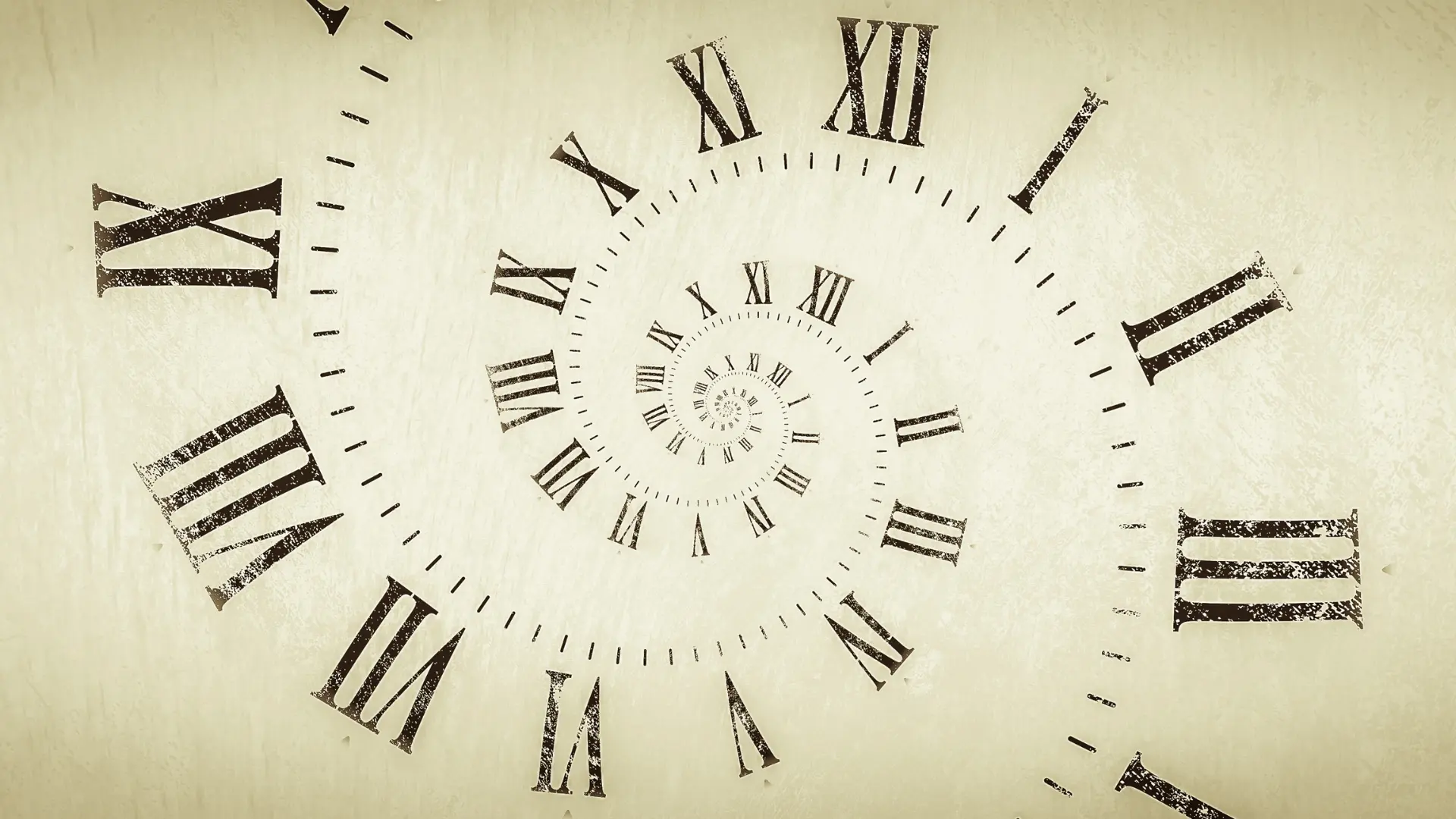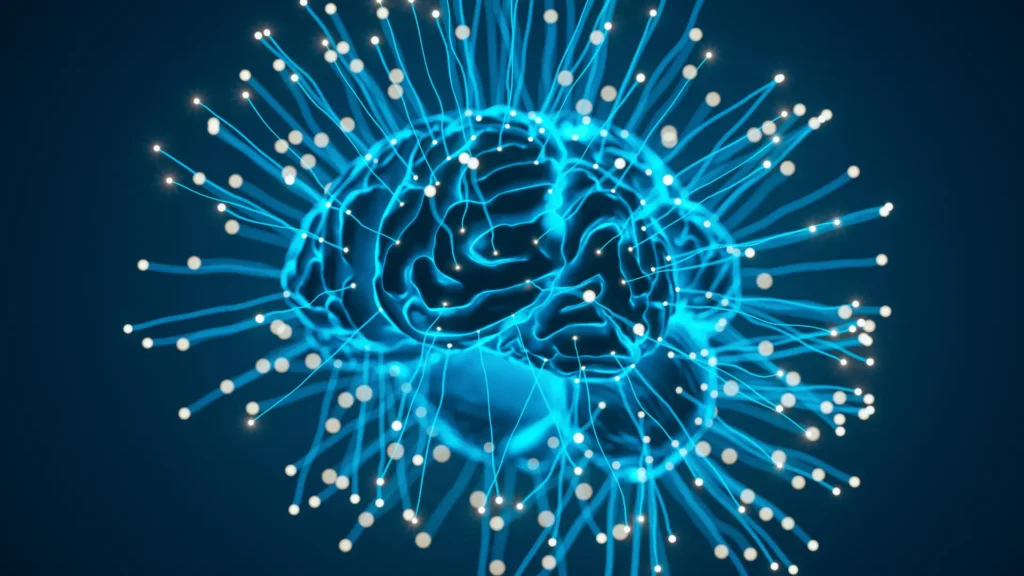Hypnosis is a field of diverse methodologies, which are distinguished by their techniques, philosophies, and objectives, ranging from clinical treatment to peak performance enhancement. The primary division lies between direct, authoritative approaches and indirect, permissive ones, which are then applied within frameworks like therapeutic intervention, spiritual exploration, or skill optimization.
Traditional Hypnosis
Traditional hypnosis operates on a foundation of direct, authoritative suggestion. In this classic model, the hypnotist issues clear, unambiguous commands to a receptive subject, such as “Your eyelids are growing heavy” or “You will feel no desire to smoke.” This approach, also known as direct or authoritarian hypnosis, positions the practitioner as an expert guide who actively directs the subject’s experience. Its structure is linear: an induction to induce a trance, a deepening phase to enhance suggestibility, the delivery of therapeutic suggestions, and a concluding termination phase to return to full waking awareness. While sometimes perceived as rigid, its straightforward nature can be highly effective for individuals who respond well to clear direction and for goals requiring simple, concrete behavioral changes.
Ericksonian Hypnosis
In direct contrast to the traditional method, Ericksonian hypnosis employs permissive, indirect, and metaphorical language to facilitate change. Developed by psychiatrist Milton H. Erickson, this approach bypasses the conscious mind’s resistance by using stories, strategic ambiguity, and conversational pacing to engage the client’s unconscious resources. Instead of a direct command like “You will be confident,” an Ericksonian practitioner might say, “And you can begin to wonder what it would be like to discover a sense of confidence growing inside you.” This client-centered model is highly flexible, adapting its language and techniques to the unique worldview of each individual. The goal is not to impose a suggestion but to create an inner environment where the client’s own mind generates the desired solution.
Hypnotherapy
Hypnotherapy is the application of any hypnotic technique within a structured, clinical framework for therapeutic purposes. It is not a standalone school of thought but rather the professional practice of using hypnosis to treat diagnosed medical and psychological conditions.
Clinical Applications
The primary strength of hypnotherapy is its ability to access and influence the subconscious thoughts, beliefs, and automated responses that drive many conditions. It is used as a potent intervention for a wide range of issues, including:
- Anxiety and Phobias: By guiding a client into a relaxed state, a therapist can use hypnotic suggestion and visualization to desensitize them to phobic triggers or reframe anxious thought patterns.
- Chronic Pain Management: Hypnotherapy helps patients alter their perception of pain signals, effectively turning down the “volume” of discomfort and reducing reliance on medication.
- Habit Cessation: For behaviors like smoking or overeating, it targets the subconscious cravings and routines that maintain the habit, replacing them with healthier responses.
- Trauma and PTSD: It can facilitate the safe processing of traumatic memories by creating a state of dissociated calm, allowing the client to integrate the experience without being re-traumatized.
Integration with Psychotherapy
Modern hypnotherapy is rarely practiced in isolation. Its true clinical power is realized when it functions as an adjunctive tool to accelerate established psychotherapeutic modalities. For instance, Cognitive Behavioral Hypnotherapy (CBH) combines the cognitive reframing techniques of CBT with hypnosis. While in a trance state, a client is more receptive to challenging and altering the negative core beliefs identified in talk therapy. Similarly, it can be integrated with psychodynamic approaches to unlock repressed memories or deepen insights gained from analysis. By amplifying suggestibility and reducing conscious defensiveness, hypnosis acts as a catalyst, often shortening treatment times and enhancing therapeutic outcomes.
Regression Hypnosis
Regression hypnosis is a specific exploratory technique for accessing past experiences that are believed to be the source of a current problem or symptom. The fundamental premise is that unresolved events create subconscious blocks that manifest as present-day issues, and by revisiting these events, emotional release (catharsis) and cognitive reframing can occur.
Age Regression
Age regression involves guiding an individual back to memories within their current lifespan. The objective is not simply to recall an event but to re-experience it with the guidance of the therapist to understand its impact. For example, a client with an inexplicable fear of public speaking might be regressed to a forgotten childhood incident of being ridiculed in class. By re-experiencing and reprocessing the emotions of that initial sensitizing event from a safe, adult perspective, the phobic response can be neutralized at its root.
Past Life Regression
A more controversial and metaphysical application, past life regression (PLR) guides clients to explore memories and experiences attributed to previous incarnations. Within this framework, unexplained affinities, phobias, or relationship dynamics are investigated as potential carry-overs from a past life. While scientifically unverifiable, proponents use it as a tool for personal insight and spiritual growth, aiming to resolve karmic patterns or understand one’s soul purpose. It is often categorized under the broader umbrella of spiritual hypnosis.
Spiritual Hypnosis
Moving beyond the scope of clinical pathology, spiritual hypnosis utilizes trance states for transpersonal exploration and self-discovery. This approach focuses on connecting an individual with deeper aspects of their consciousness, often referred to as the “higher self” or “soul.” The goals are not symptom reduction but rather the exploration of existential questions: What is my life’s purpose? What are the spiritual lessons I am meant to learn? Techniques like past life regression, shamanic hypnosis, or “life between lives” exploration are common within this practice. It is a metaphysical pursuit aimed at gaining a broader perspective on one’s existence and place in the universe.
Performance Hypnosis
Performance hypnosis applies hypnotic techniques to enhance skill, focus, and mental resilience in high-stakes environments. The most well-known application is sports hypnosis, where athletes work to overcome mental blocks, manage performance anxiety, and achieve a state of flow. Techniques are highly goal-oriented and practical. Visualization, or mental rehearsal, is used to program the mind and body for perfect execution, creating neurological pathways for success before an event even begins. Another technique is anchoring, where a peak emotional state (like confidence or focus) is linked to a specific physical trigger (like touching a thumb and forefinger). This allows the performer to instantly access that resource under pressure. Beyond athletics, these same principles are applied by executives to improve public speaking, by artists to overcome creative blocks, and by students to enhance memory and concentration for exams.



